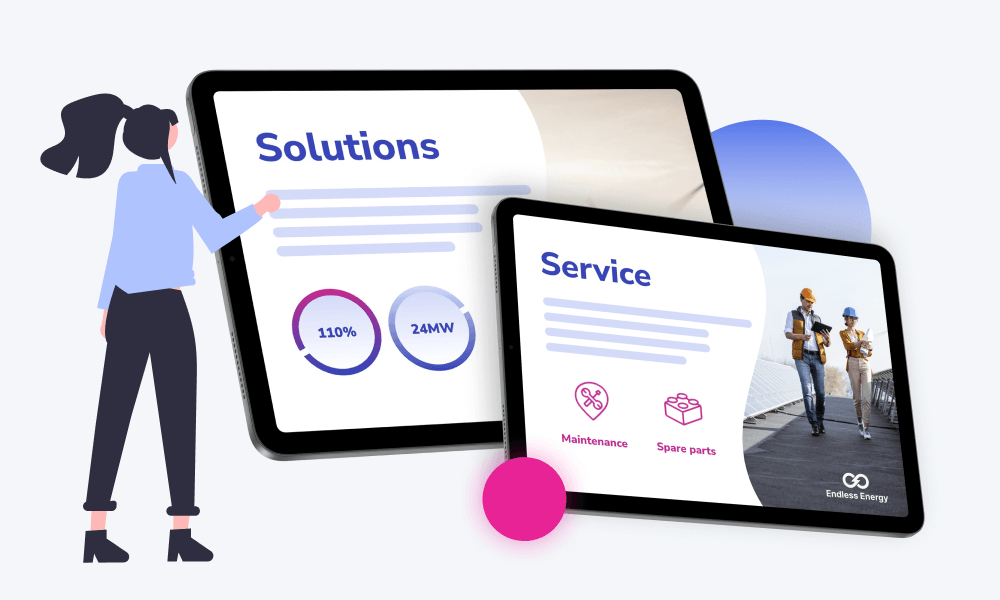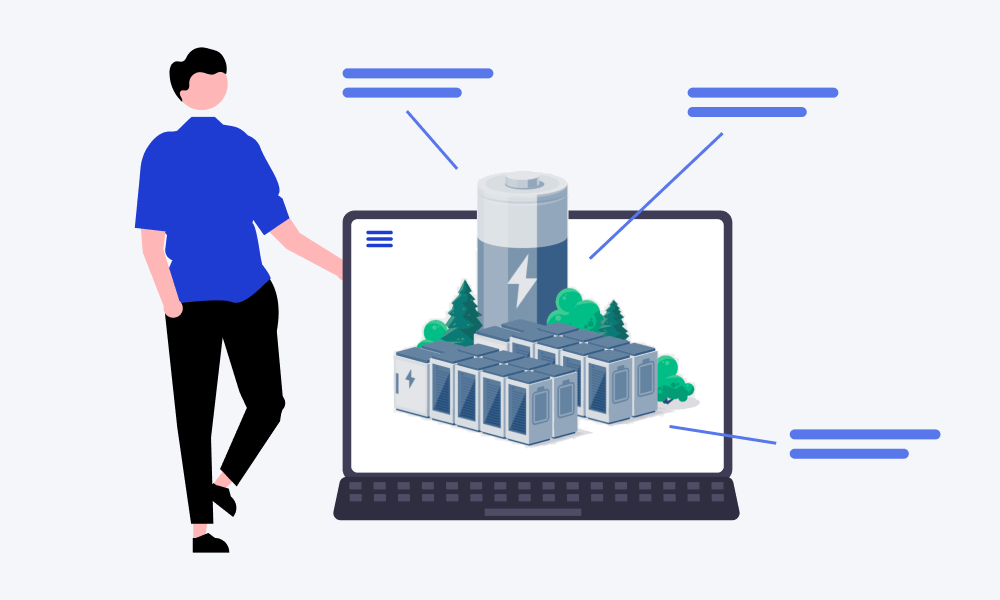While sales enablement is one of the top priorities for 37% of sales organizations, others are somewhat unfamiliar with the term. This article provides a simple definition of sales enablement and sheds more light on the topic through the latest industry research by CSO Insights. Read this article to learn a clear understanding of sales enablement and why it is here to stay.
All Customer-Facing Professionals Need Sales Enablement
Sales enablement is a company-wide discipline that aims to increase sales by creating more value in every customer interaction. Sales enablement is not just a sales nor a marketing function, it includes all customer-facing professionals.
"Sales enablement is cross functional collaboration that drives revenue growth through excellent customer experience."

Why Does Sales Enablement Matter?
According to the latest Sales Enablement Study, companies with a sales enablement function reach 15% higher Win-rates than organizations without sales enablement initiatives. That is a significant difference and should be enough to justify any sales enablement initiative.
Sales enablement has become a household name in driving revenue growth, with more than 60% of organizations running sales enablement in one way or another. However, the way sales enablement is run is important. It needs to be done correctly or not at all. A successful initiative requires continuous support from the executive level from the beginning.
Customer experience at the center
Customer experience is at the core of sales enablement. When you’re starting with a sales enablement initiative, sales, marketing, and customer service should come together and document a mutual understanding of customer success and the most important customer profiles and buyer personas for their business.
Understanding the buyer's journey
The buyer’s journey should be mapped out, ensuring that all internal sales processes align with it. It is important to involve the customer in this phase to confirm that processes and materials truly address their needs at different stages of the journey. Utilizing customer experience analytics provides valuable insights into customer behavior and preferences, helping optimize every touchpoint. A well-structured approach to buyer interactions ensures that every engagement delivers value and meets expectations.
Implementing a strong strategy for improving the buyer experience leads to more meaningful interactions and increased sales success. While excellent customer experience requires long-term investment, it ultimately pays off. Aligning your sales process with your customers' journey and conducting well-structured sales meetings are crucial for improving customer experience and achieving higher win rates. In fact, companies that align their sales process to match their customers’ journey see 18% higher win rates than those that don’t.
Use sales content to create a positive impact
Different types of sales enablement content, like sales presentations, blog posts, and training videos all play a crucial part in sales enablement. All content needs to be easily available and every need should be covered. To be able to serve all needs organizations should develop a content strategy. A content strategy forces you to define who creates the content, the most important content, and which materials are used in the different phases of the customer journey.

Sales organizations with a content strategy reach 27% higher win rates and 18% better results in quota attainment than companies without a systematic content approach. A good strategy is worth the investment.
"Sales organizations with a content strategy reach 27% higher win rates."
Sales Enablement Platforms
Sales enablement platforms, such as Showell, are sales technologies that allow for centralized content management, presenting, sharing, and tracking that content. Sales enablement platforms also help you to rate your content by providing valuable data and analytics.
Thanks to centralized content management sales reps can also utilize all of the content more efficiently. A good strategy, the right tools, and advanced analytics help you to continuously develop your content. Great content will lead to better customer experience which in turn will drive revenue growth.
Sales Training and Coaching
Sales training and coaching are also important in sales enablement. There is a distinct difference between training and coaching. Sales enablement platforms play a vital role in both training and coaching by providing quick access to relevant content such as sales playbooks and best practices.
Training is often organized in individual sessions, where, for example, new features of a product are covered, whereas sales coaching is a continuous development of sales skills. Both training and coaching topics and themes should be in alignment with the customer's journey. Both require long-term investments but are fruitful.

The best approach to coaching is dynamic, where the strengths and the weaknesses of the sales rep are taken into account. The trained skills should serve the different steps of the customer journey. Companies with a dynamic sales coaching approach reach up to 19% higher win rates and 21% higher scores in quota attainment than organizations on average.
In a nutshell
Sales enablement is a cross-functional collaboration that drives revenue growth through excellent customer experience. Sales enablement platforms are sales technologies that help sales organizations create value in every customer interaction. Customer experience, content, and coaching all play a crucial role in sales enablement and they should be continuously developed.
If you would like to learn more about sales enablement, connect our sales. You can also start free with Showell.



